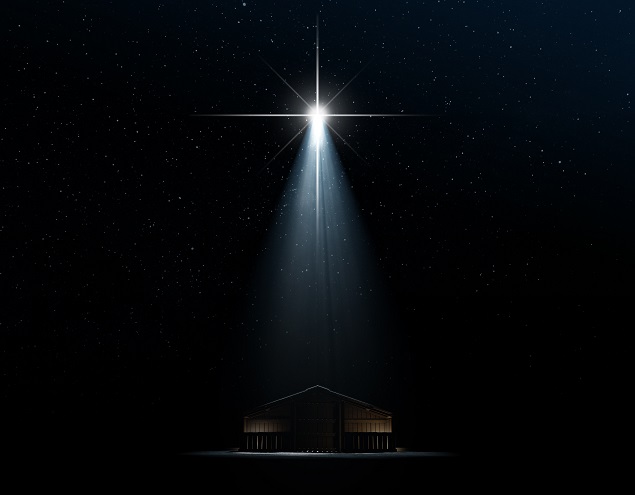Advent Begins on December 3
The Liturgical Year is a precious blessing bestowed upon us by the early Christians who came before us. It is important to remember that the Church calendar is distinct from the daily Gregorian calendar. The Church Year or Liturgical Year begins in November or December and centers upon events in the life of our Lord Jesus and His Church.
Two Parts of the Liturgical Year:
Part 1: The Festival Half of the Church Liturgical Year
We dedicate the first half of the Church Year to the life of Jesus. We relive the most important events of Jesus' life when we pray during this season of the Church Year. Since most popular holidays, such as Christmas and Easter, occur in this period, the Festival Half of the Church Year is called the Festival Half of the Church Year.
Part 2: The Non-Festival Half or the Church Half-Year
The second half of the Church Year is called the Non-Festival Half or the Church Half Year. It starts in May or June and reflects on our Lord's preaching, which He entrusted us to spread worldwide. This section shows what Jesus' creation, death, and resurrection mean to us.
Each season has its mood, and we use various colors on the altar to help bring out the spirit of the holiday season. Certain customs represent the mood of the season as well. Many of these factors contribute to emphasizing a season's unique message.
The following is a short overview of the Church Year's various seasons, what they are all about, and how we experience them.
1. Advent (November – December)
"Advent" is derived from the Latin Adventus, which means going. Adventus denotes the approach of a person of honor, strength, and glory, someone with authority to bestow favor or inflict punishment. For Christians, Advent is a time of preparing for Christmas, vigilant anticipation for Christ's reappearance and cultivating the gift of patience for everyday life.
Calendar for Advent
Advent starts on the last Sunday of November or the first Sunday of December, depending on the year.
Colors of Advent
Purple or blue are the colors of the season.
Traditions of Advent
Go and light Advent candles at worship and home (four natural beeswax or red candles). Begin singing O Antiphons (which form the base of the hymn, Oh, Come, Oh, Come Emmanuel) on December 17, which reflects Israel's longing for the Messiah. Set up a crèche or nativity scene in church (or at home) during Advent.
A few days before Christmas, add figures of Mary and Joseph to the nativity scene. Following the final Advent ceremony, display a Christmas tree in church or at home. The Gospel readings focus on the life of Jesus from Advent to Easter. Every day, read Bible stories to your children.


Comments
Post a Comment